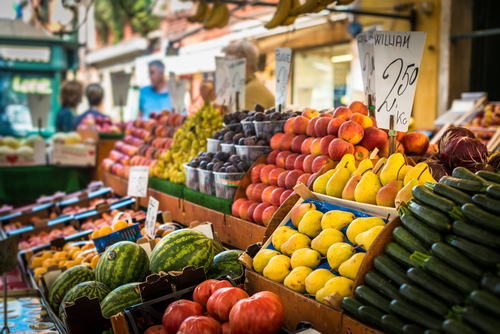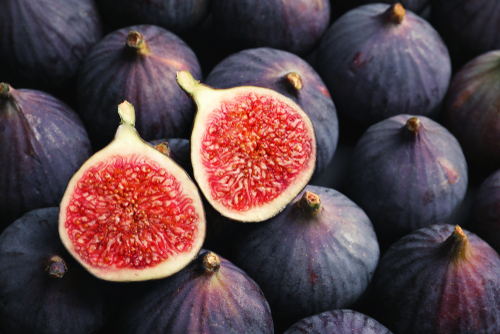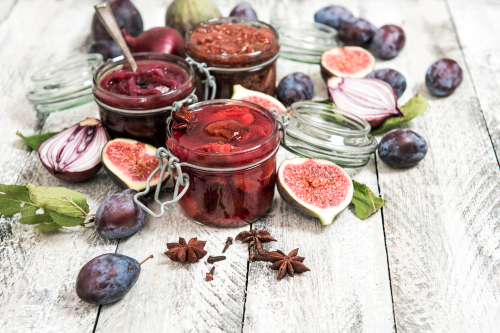I am sure that many people remember when bokser (carob) was a mainstay of the Tu Bishvat celebration. My mother stressed the importance of eating bokser because it is what she ate in Poland when she was growing up, prior to World War II. Bokser?! The dried carob is tasteless, unpleasant, and unappealing to look at with its flat shape, dark color, and hard texture. The late award-winning kosher cookbook author Gil Marks explained: “In the days before quick transport and refrigeration, the carob’s hard, dry texture made it one of the few fruits grown in the land of Israel capable of withstanding long-distance.” Many Jews wanted to eat fruits that are specifically grown in Israel.

Rabbi Berel Wein, the noted author, and lecturer, who grew up and celebrated Tu Bishvat in Chicago, recalls: “The bokser was hard as a rock and tasteless as wood. Yet I noticed that my parents, Jews of an earlier generation who were born before there was The State of Israel or a time when free and open worship was really allowed at the Western wall without Arab or government interference, ate their pieces of bokser slowly and with great affection. Only later in my life did I realize that eating that piece of bokser validated their hope and belief that the Land of Israel would yet flourish and grow under Jewish sovereignty, and that the vineyards and orchards of the land promised to us by our prophets would become abundant reality.”

Now, we are far from the days when eating bokser was the only way we could eat fruit grown in Israel. Today, with the abundance of Israeli fruit products we can find in the supermarket, we can view Tu Bishvat as a “New Year” for us to eat healthier foods and live a healthier lifestyle. We can go back to ancient Kabbalistic customs of the Tu Bishvat seder. The menu would include figs, dates, pomegranates, olives, grapes, wheat, barley, as well as red or white wines.

Health experts suggest eating more foods containing flaxseed, figs, walnuts, as well as other nuts and dried fruits. You can update your Tu Bishvat experience by including fig tarts, pecan macaroons, jams, and preserves. Many of the recipes for these indulgent treats are vegan and gluten-free as well.

It’s a good time to educate kids about the seven species (shivat haminim) wheat, barley, grape, fig, pomegranates, olive (oil), and date (honey). Educators in Israel use Tu Bishvat to promote a healthier lifestyle. Schools will take their students to walk through forests and other parks to celebrate with the trees and plants, as one Israeli put it. Many even have a Tu Bishvat dinner with exotic fruits and vegetables.
Tu Bishvat should be the beginning of not only appreciating the gift of nature but embracing what it can do to guide us to a healthier life.





